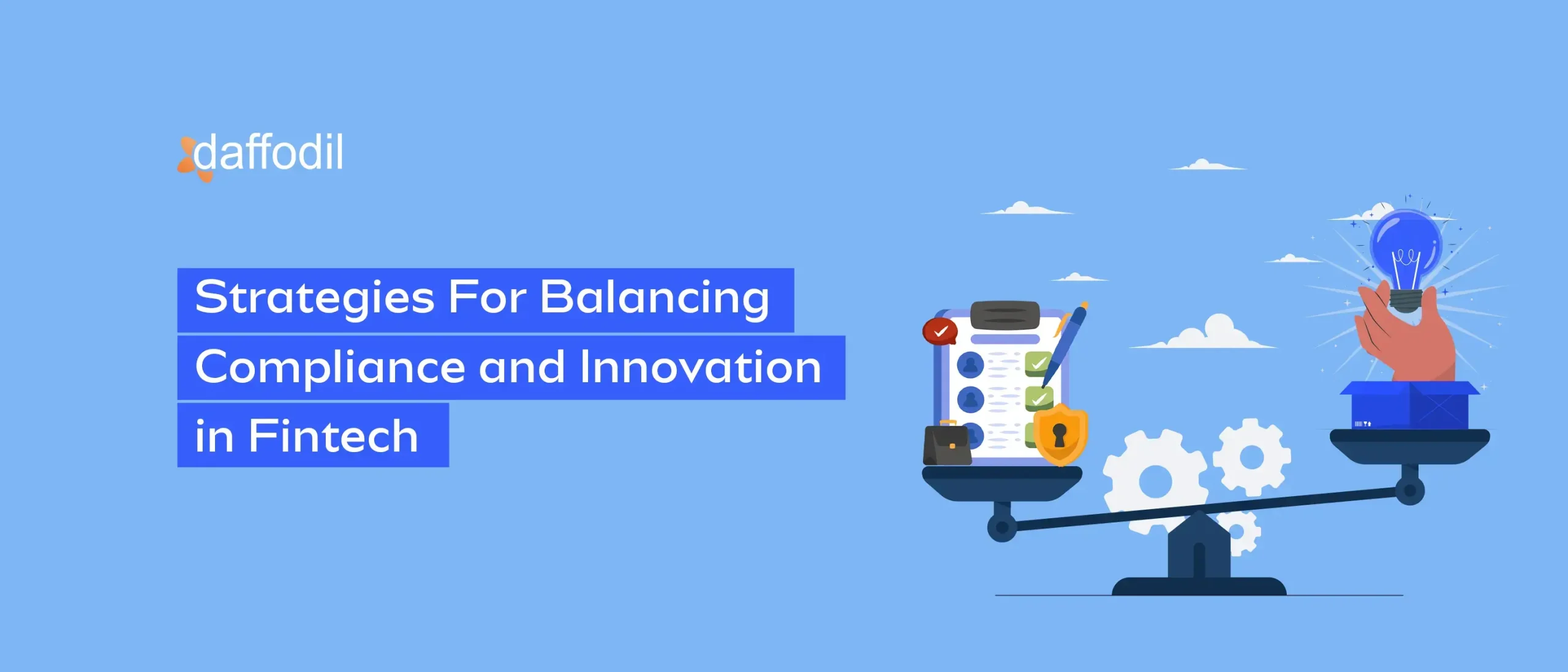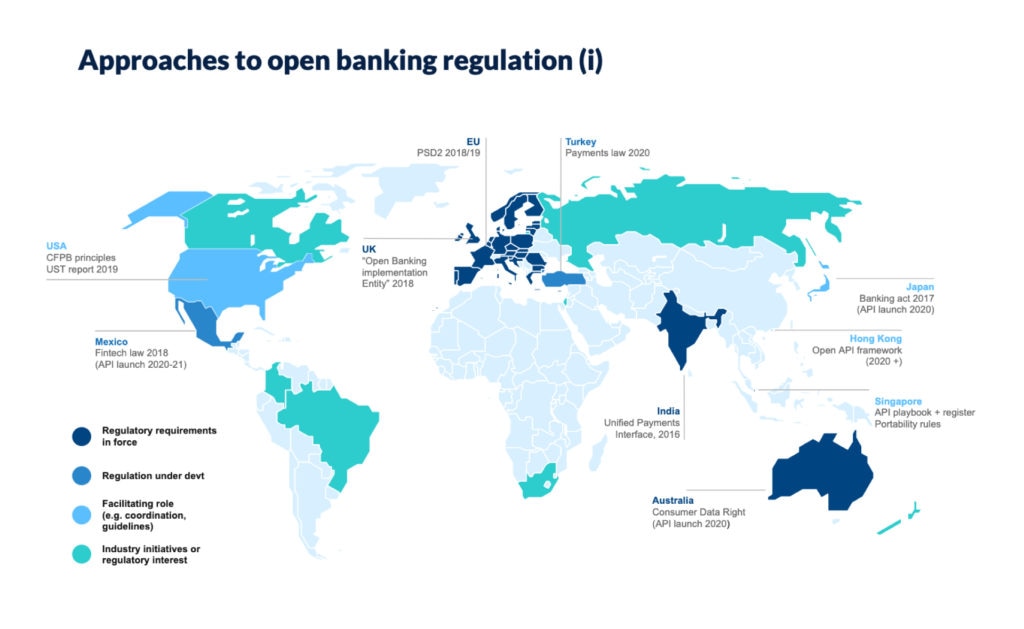
Fintech Regulation: Balancing Innovation and Risk in the Digital Age
The world of finance is changing at warp speed, thanks to something called Fintech. This exciting blend of "financial technology" is making banking, payments, and investing easier, faster, and more accessible than ever before. From paying with your phone to getting a loan online in minutes, Fintech innovations are reshaping how we manage our money.
But with great innovation comes great responsibility – and new risks. That’s where Fintech regulation steps in. It’s the complex, crucial task of creating rules and guidelines for this fast-moving industry. The big challenge? To find the perfect balance: encouraging amazing new technologies without letting them put consumers, the financial system, or even the global economy at risk.
This article will break down the exciting world of Fintech regulation, explaining why it’s needed, what challenges it faces, and how regulators are trying to strike that delicate balance.
What is Fintech and Why Is Everyone Talking About It?
Fintech is essentially any technology that aims to improve and automate the delivery and use of financial services. Think of it as traditional banking getting a high-tech makeover.
Here’s why Fintech is a game-changer:
- Convenience: Do your banking from your couch, pay friends instantly, invest with a few taps.
- Speed: Loans approved in minutes, cross-border payments in seconds.
- Accessibility: Financial services reaching people who were previously "unbanked" or underserved by traditional banks.
- Cost-Effectiveness: Often cheaper fees for services like money transfers or investment management.
- Innovation: New ways to manage money, from budgeting apps to cryptocurrency.
Examples of Fintech in Action:
- Mobile Payments: Apple Pay, Google Pay, Venmo, PayPal.
- Online Lending: Platforms that connect borrowers directly with lenders, often with faster approval processes.
- Robo-Advisors: Automated investment platforms that manage your portfolio based on algorithms.
- Digital Banks: Banks that exist entirely online, with no physical branches.
- Blockchain & Cryptocurrencies: Decentralized digital currencies like Bitcoin and Ethereum, and the underlying technology that powers them.
Why Regulate Fintech? Understanding the Risks
While Fintech brings incredible benefits, its rapid growth and often disruptive nature introduce new challenges and risks that traditional financial regulations weren’t designed for. Regulators, like central banks and government agencies, need to step in to protect various stakeholders.
Here are the primary reasons why Fintech needs regulation:
1. Consumer Protection
Imagine putting your life savings into a new app only for it to disappear overnight, or for your personal data to be stolen. Fintech often deals with sensitive information and large sums of money.
- Fraud and Scams: New technologies can be exploited by criminals to create sophisticated scams.
- Data Privacy & Security: Fintech companies handle vast amounts of personal and financial data, making them prime targets for cyberattacks and data breaches.
- Mis-selling & Lack of Transparency: Consumers might not fully understand the products they’re buying, especially complex ones like certain investment products or crypto assets.
- Fair Treatment: Ensuring companies don’t engage in unfair practices, predatory lending, or discrimination.
2. Financial Stability
The financial system is interconnected. If one big piece fails, it can cause a ripple effect.
- Systemic Risk: If a large Fintech company, especially one involved in critical payment systems or lending, fails, it could destabilize parts of the broader financial system.
- Interconnectedness: Fintech often relies on complex networks and partnerships. A problem in one part of the network could affect many others.
- Shadow Banking: Some Fintech activities might operate outside traditional banking oversight, creating "shadow" financial systems that are harder to monitor.
3. Anti-Money Laundering (AML) & Combating Terrorist Financing (CTF)
Criminals are always looking for new ways to move illicit money. Fintech’s speed and global reach can be attractive to them.
- Anonymity: Some Fintech services, particularly certain cryptocurrencies, can offer a degree of anonymity that makes it harder to trace illicit transactions.
- Speed of Transactions: The rapid movement of funds makes it challenging to intercept or identify suspicious activity in real-time.
- Cross-Border Complexity: Money can move seamlessly across international borders, complicating enforcement efforts for individual countries.
4. Market Integrity & Fair Competition
Regulation helps ensure a level playing field and prevents monopolies.
- Monopolies: Large Fintech companies could dominate certain markets, stifling competition and innovation from smaller players.
- Market Manipulation: New digital assets or platforms could be vulnerable to manipulation, affecting fair pricing.
- Regulatory Arbitrage: Companies might try to operate in areas with less strict regulation to gain an unfair advantage.
The Regulatory Balancing Act: Strategies and Approaches
Given the rapid pace of Fintech innovation, regulators can’t just apply old rules to new technologies. They need a flexible, forward-thinking approach to foster innovation while managing risks.
Here are some key strategies regulators are employing:
1. Regulatory Sandboxes
Think of a regulatory sandbox as a controlled environment where Fintech companies can test their innovative products and services with real customers, but under the watchful eye of regulators.
- How it Works: Companies get temporary licenses or waivers from certain regulations. This allows them to experiment without facing immediate, full compliance burdens.
- Benefits:
- Fosters Innovation: Companies can test ideas quickly without fear of breaking obscure rules.
- Regulator Learning: Regulators gain hands-on experience with new technologies and can identify potential risks early.
- Safer Testing: Customer numbers and transaction limits are often capped, limiting potential harm.
2. Innovation Hubs & Accelerators
These are less formal than sandboxes but equally important. Regulators set up dedicated teams or offices to engage with Fintech firms.
- Purpose: To provide guidance, answer questions, and help companies understand regulatory expectations.
- Benefits:
- Dialogue: Creates an open channel for communication between innovators and regulators.
- Guidance: Helps companies navigate complex regulatory landscapes.
- Early Problem Identification: Regulators can spot potential issues before they become widespread.
3. Agile and Principle-Based Regulation
Instead of creating rigid, prescriptive rules that quickly become outdated, regulators are moving towards more flexible approaches.
- Principle-Based: Focusing on the outcomes regulators want to achieve (e.g., consumer protection, financial stability) rather than dictating how companies must achieve them. This allows companies more flexibility in how they comply.
- Technology-Neutral: Rules are designed to apply regardless of the specific technology used, ensuring they remain relevant as tech evolves.
- Adaptive: Regulators aim to adapt their rules quickly as new technologies emerge and risks are better understood.
4. Cross-Border Cooperation
Fintech often operates globally. A payment can originate in one country, be processed in another, and end up in a third. This means regulators can’t work in isolation.
- Information Sharing: Regulators from different countries share insights and intelligence on emerging risks and best practices.
- Harmonization: Efforts to align regulations across borders to reduce compliance burdens for global Fintech firms and prevent "regulatory arbitrage" (companies seeking out the weakest rules).
- International Bodies: Organizations like the Financial Stability Board (FSB) and the Bank for International Settlements (BIS) play a role in coordinating global regulatory responses.
5. "RegTech" (Regulatory Technology)
Just as Fintech uses technology for financial services, RegTech uses technology to help companies comply with regulations and help regulators monitor compliance.
- Examples: AI-powered tools to detect suspicious transactions (AML), automated reporting systems, blockchain for immutable record-keeping.
- Benefits:
- Efficiency: Automates compliance tasks, reducing costs and errors.
- Effectiveness: Enhances the ability to monitor risks and enforce rules.
- Real-time Monitoring: Allows for quicker identification of potential issues.
Key Challenges in Fintech Regulation
Despite these efforts, the path to effective Fintech regulation is fraught with challenges:
- Pace of Innovation vs. Pace of Regulation: Technology moves much faster than legislation. By the time a law is passed, the technology it addresses may have already evolved significantly.
- Defining Boundaries: Is a social media platform offering payment services a tech company or a financial institution? Who regulates it? The lines are blurring.
- Global vs. Local Regulation: Fintech is often borderless, but regulations are typically national. This creates complexity and potential gaps.
- Talent Gap: Regulators need skilled experts who understand both finance and cutting-edge technology (AI, blockchain) to effectively oversee the industry.
- Avoiding Stifling Innovation: Overly strict or poorly designed regulations can accidentally crush promising new technologies or drive them underground.
- Balancing Data Use and Privacy: Fintech thrives on data, but robust privacy protections are essential. Finding the right balance is tricky.
The Future of Fintech Regulation
The journey of Fintech regulation is ongoing and constantly evolving. We can expect to see:
- More Collaboration: Increased cooperation between regulators globally and stronger partnerships between regulators and the Fintech industry itself.
- Greater Use of Technology: RegTech will become even more crucial, helping both companies and regulators manage the complexities of the digital financial landscape.
- Outcomes-Based Approach: A continued shift from rigid rules to flexible, principle-based regulation that focuses on achieving specific safety and stability outcomes.
- Focus on Digital Assets: As cryptocurrencies and other digital assets become more mainstream, their regulation will become a primary focus, addressing issues like stability, consumer protection, and AML.
- Continuous Adaptation: The regulatory framework will need to remain dynamic, ready to adapt to the next wave of financial innovation.
Conclusion
Fintech is undeniably transforming finance for the better, offering unparalleled convenience and access. However, its power necessitates careful oversight. The challenge for regulators worldwide is to walk a tightrope: nurturing the creativity and benefits of Fintech while safeguarding consumers, maintaining financial stability, and combating illicit activities.
It’s a complex, ever-evolving dance between innovation and control. By fostering dialogue, embracing new technologies like RegTech, and cooperating across borders, regulators aim to build a future where Fintech’s incredible potential can flourish responsibly, benefiting everyone in the digital age.



Post Comment